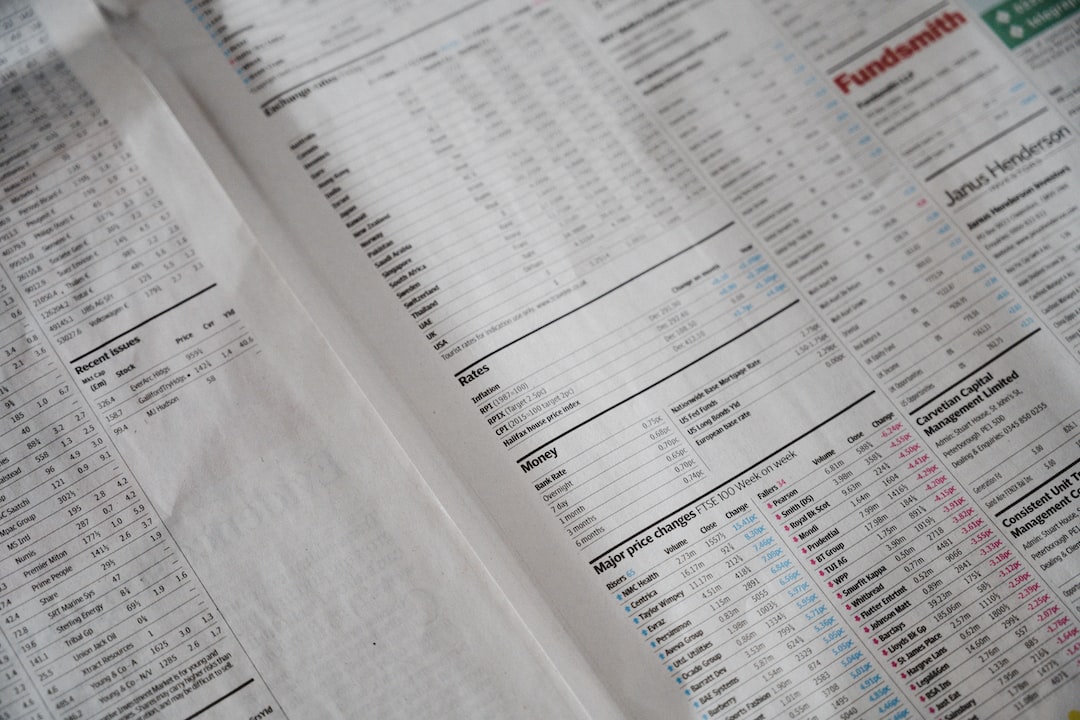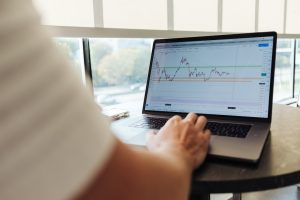Forex trading, also known as foreign exchange trading, is the process of buying and selling currencies in the global market. It is a highly liquid market that operates 24 hours a day, five days a week. Forex trading is popular among investors and traders because it offers high leverage and the potential for high returns. However, it also involves a high level of risk, and traders need to understand the concept of equity to manage their risk effectively.
Equity in forex trading refers to the value of a trader’s account after all open positions have been closed. It is the amount of money that the trader would have left if all positions were liquidated at the current market price. Equity is an important concept in forex trading because it determines the margin available to a trader and the size of the positions that can be opened.
Margin is the amount of money that a trader needs to deposit with their broker to open a position. The margin requirement is a percentage of the total value of the position, and it varies depending on the currency pair being traded and the broker’s policies. Margin can be used to increase the size of a trade, but it also increases the risk of loss.
If a trader’s equity falls below the required margin level, the broker will issue a margin call, which is a request for the trader to deposit more funds to maintain the open positions. If the trader does not respond to the margin call, the broker can liquidate the positions to recover the margin. This can result in a significant loss for the trader, and it is important to manage the equity level to avoid margin calls.
Traders can monitor their equity level by using the trading platform provided by their broker. The platform will display the current equity level, the margin required for each position, and the available margin. It is important to monitor the equity level regularly and close positions if necessary to avoid margin calls.
Equity can also be used to calculate the risk-to-reward ratio of a trade. The risk-to-reward ratio is the ratio of the potential profit to the potential loss of a trade. For example, if a trader opens a position with a potential profit of $100 and a potential loss of $50, the risk-to-reward ratio is 1:2. A trader should always aim for a risk-to-reward ratio of at least 1:2 to ensure that the potential profit is greater than the potential loss.
In conclusion, equity is a crucial concept in forex trading. It determines the margin available to a trader and the size of the positions that can be opened. Traders should monitor their equity level regularly and manage their risk effectively to avoid margin calls. They should also aim for a risk-to-reward ratio of at least 1:2 to ensure that the potential profit is greater than the potential loss. With proper management of equity, forex trading can be a profitable and rewarding activity.





